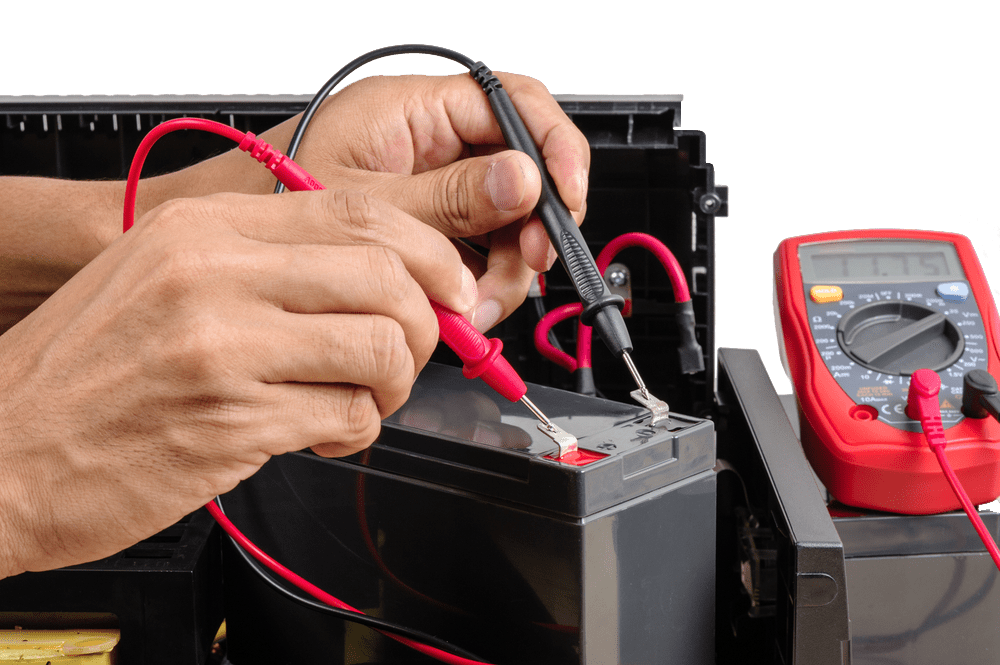- 27 Mar 2024
What are the safety precautions when changing a car battery?

When it comes to maintaining your vehicle, changing a car battery is a task that requires careful consideration and adherence to safety measures. At South West batteries they provide valuable insights, but we aim to offer you an even more detailed guide on safety precautions when changing a car battery.

Understanding the Importance of Safety
Why Safety Matters
Safety should always be the top priority when undertaking any automotive task. Changing a car battery may seem routine, but overlooking safety precautions can lead to accidents or damage to your vehicle. Here’s our comprehensive guide to ensure a smooth and safe battery replacement process.
Safety Precautions Step by Step
1. Wear Protective Gear
Before delving into the battery replacement process, ensure you have the appropriate protective gear. This includes safety glasses and gloves. Battery acid is corrosive, and protecting your eyes and skin is crucial.
2. Disconnect the Car
Start by turning off the ignition and removing the keys. Ensure the vehicle is in park and the handbrake engaged. This prevents any accidental starts or movement during the battery replacement.
3. Identify Battery Terminals
Familiarize yourself with the battery terminals. The positive terminal is usually marked with a “+” sign, and the negative terminal with a “-” sign. Understanding these markings is vital for the correct disconnection process.
4. Disconnect Negative Terminal First
Always start by disconnecting the negative terminal. This minimizes the risk of electrical shock or sparks. Use a suitable wrench to loosen the nut, and gently wiggle the terminal free. Cover it with a cloth to prevent accidental contact.
5. Disconnect Positive Terminal
Once the negative terminal is secured, proceed to disconnect the positive terminal using the same technique. Keep the terminals separated to avoid any electrical contact.
6. Remove Battery Hold-Down
Some vehicles have a battery hold-down that secures the battery in place. Remove this carefully using the appropriate tools before attempting to lift the battery out.
7. Lift the Battery with Caution
Car batteries can be heavy, so lift with your legs, not your back. Use a battery carrier if available, and avoid tipping or tilting the battery to prevent acid spillage.
8. Inspect the Battery Tray
Before placing the new battery, inspect the battery tray for any corrosion or debris. Clean if necessary to ensure a secure fit for the replacement battery.
9. Install the New Battery
Place the new battery on the tray, ensuring it sits securely. Connect the positive terminal first, followed by the negative terminal. Tighten the terminals but avoid over-tightening.
Conclusion
In conclusion, changing a car battery is a routine task, but it demands meticulous attention to safety details. By following these comprehensive precautions, you not only ensure a smooth replacement but also safeguard yourself and your vehicle from potential hazards.











